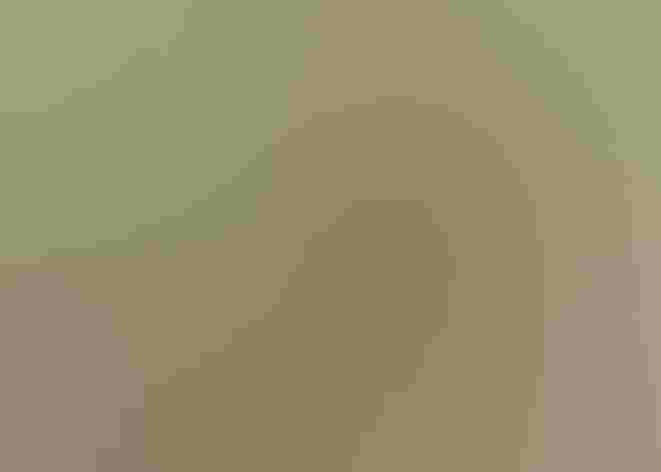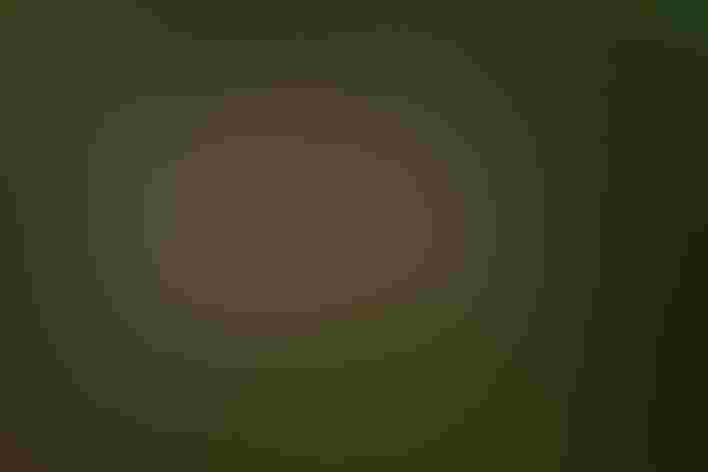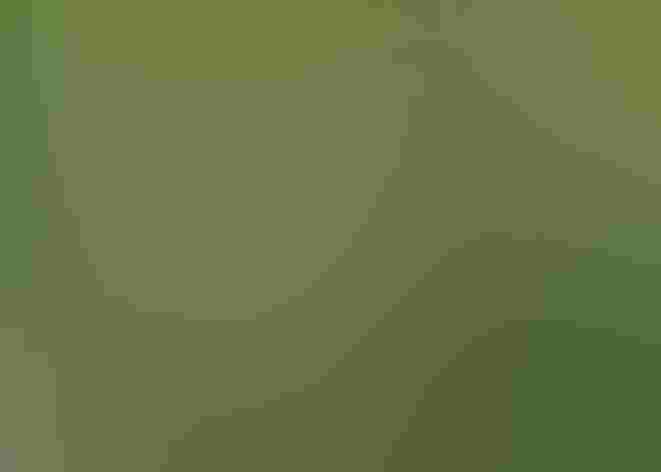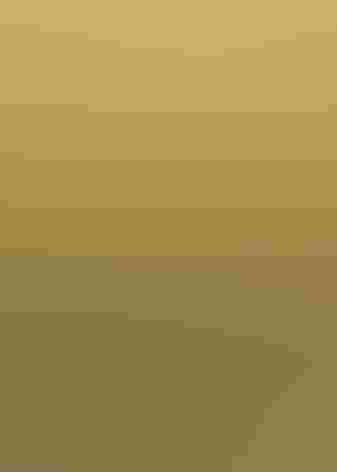Least Bittern
At a Glance
One of the smallest herons in the world, adapted for life in dense marshes. Rather than wading in the shallows like most herons, the Least Bittern climbs about in cattails and reeds, clinging to the stems with its long toes. Its narrow body allows it to slip through dense, tangled vegetation with ease. Because of its habitat choice, it often goes unseen except when it flies, but its cooing and clucking callnotes are heard frequently at dawn and dusk and sometimes at night.
All bird guide text and rangemaps adapted from Lives of North American Birds by Kenn Kaufman© 1996, used by permission of Houghton Mifflin Harcourt Publishing Company. All rights reserved.
Category
Herons, Egrets, Bitterns, Long-legged Waders
Conservation
Low Concern
Habitat
Coasts and Shorelines, Freshwater Wetlands, Lakes, Ponds, and Rivers, Saltwater Wetlands
Region
California, Eastern Canada, Florida, Great Lakes, Mid Atlantic, New England, Northwest, Plains, Rocky Mountains, Southeast, Southwest, Texas, Western Canada
Behavior
Direct Flight, Flushes
Population
310.000
Range & Identification
Migration & Range Maps
Not well known; probably migrates mostly at night. Although its flight seems weak, some individuals travel long distances. Migrates north in mid to late spring and south in early fall.
Description
11-14" (28-36 cm). Buffy overall, with cap and back brown (female) or black (male). Big buff patches on inner part of wing are obvious both perched and in flight. Young Green Heron can look very brown, but lacks these wing patches.
Size
About the size of a Crow
Color
Black, Brown, Tan, White, Yellow
Wing Shape
Broad, Pointed, Short
Tail Shape
Short
Songs and Calls
A soft coo-coo-coo, easily overlooked.
Call Pattern
Flat, Simple
Call Type
Hoot, Scream
Habitat
Fresh marshes, reedy ponds. Mostly freshwater marsh but also brackish marsh, in areas with tall, dense vegetation standing in water. May be over fairly deep water, because it mostly climbs in reeds rather than wading. Sometimes in salt marsh or in mangroves.
Sign up for Audubon's newsletter to learn more about birds like the Least Bittern
Behavior
Eggs
4-5, sometimes 2-7. Pale green or blue. Incubation is by both sexes, 17-20 days.
Young
Both parents feed young, by regurgitation. In response to predators near nest, adult bird may make itself look larger by fluffing out its feathers and partially spreading wings. Legs and feet of young develop quickly, and young may leave nest as early as 6 days after hatching if disturbed; ordinarily remain in nest for about 2 weeks, and near nest for another week or more. 1 or 2 broods per year.
Feeding Behavior
Searches for food by clambering about in vegetation above water, and jabbing downward with its long bill to capture prey at the water's surface. Sometimes flicks its wings open and shut, which may startle prey into motion. At especially good feeding sites, it may bend down reeds to build a hunting platform for itself.
Diet
Mostly fish and insects. Eats mostly small fish (such as minnows, sunfishes, and perch) and large insects (dragonflies and others); also crayfish, leeches, frogs, tadpoles, small snakes, and other items.
Nesting
Nests are usually widely scattered in marsh, but sometimes in loose colonies. In one South Carolina study, Least Bitterns often nested in close association with Boat-tailed Grackles. Nest: Site is well concealed in tall marsh growth. Nest (built mostly by male) is platform created by bending down marsh vegetation, adding sticks and grass on top.
Climate Vulnerability
Conservation Status
Thought to have declined in many areas because of destruction of marsh habitat. Runoff of agricultural chemicals into standing marsh is another potential problem. However, still abundant in some parts of North America.
Climate Threats Facing the Least Bittern
Choose a temperature scenario below to see which threats will affect this species as warming increases. The same climate change-driven threats that put birds at risk will affect other wildlife and people, too.









